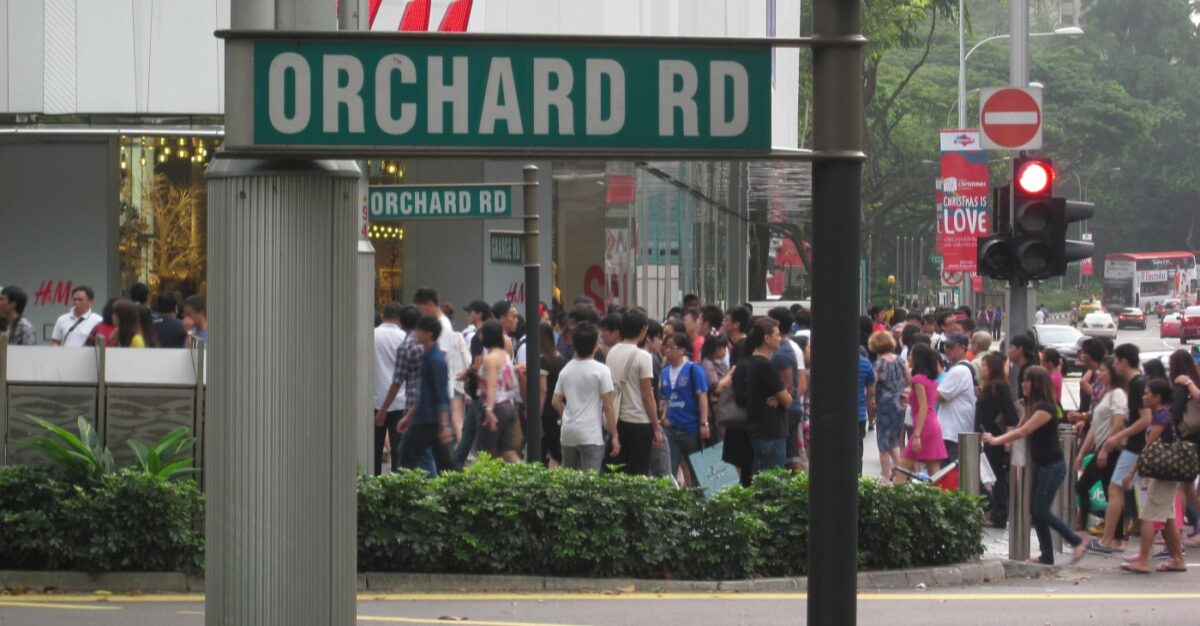The Ministry of Manpower released its yearly report on the Labour Market in 2019 on 30 January 2020. The report is based on the Comprehensive Labour Force Survey and analyses the employment, unemployment, incomes, and working hours of Singapore’s labour force.
The Ministry of Manpower released its yearly report on the Labour Market in 2019 on 30 January 2020. The report is based on the Comprehensive Labour Force Survey and analyses the employment, unemployment, incomes, and working hours of Singapore’s labour force.
Highlights of the report include an increase in employment rate for residents and some increase in the median income from 2018 to 2019, while retrenchments remained low and stayed at the same level as 2018.
The Straits Times reported that more Singaporeans were employed at the end of last year, despite economic uncertainties. The annual average unemployment rate for Singaporeans rose to 3.3%, 0.3% more than the previous year, according to the report.
Particularly, young graduates had good employment incomes, as the employment rate of degree holders aged 25 to 29 remained high at around 90%. Additionally, the employment rate for residents aged 65 and over continued to rise year-on-year, from 26.8% to 27.6%.
Real median income of full-time employed residents grew at a slower pace in 2019 than 2018, at 2.2% in 2019 and 4.4% in 2018. Sustained efforts to raise incomes of lower wage workers also bore fruit, as real income growth at the 20th percentile remained higher than at the median.
In sectors containing mainly PMETs, employment growth remained firm. Long-term unemployment rate of PMETs decreased, while their unemployment rate held steady at 2.9%.
Of employed residents, 88.8% were full-time employed, while 7.6% were on fixed term contracts. More residents were employed on fixed-term contracts compared to last year, from 7.2% in 2018 to 7.6% in 2019, suggesting employers were hiring with greater caution due to uncertainties and economic restructuring.
The Straits Times also noted that more resident workers were in freelance jobs last year, from 210,800 in 2018 to 211,000 in 2019. Most of them felt “forced” to turn to freelancing due to being unable to find a full-time job, or took a part-time job on top of their main job. The most common freelancing jobs included driving taxis or private-hires (such as Grab), or working as an insurance agent.
Lastly, while official figures have not been released for last year, employment data points to a drop in productivity growth in 2019. Manpower Minister Josephine Teo said yesterday that this suggests that productivity improvements Singapore achieved in recent years have not been sustained at that level, which is a concern.
MOM also published an infographic summarising key findings, available here: https://stats.mom.gov.sg/iMAS_Infographics/mrsd-infographic-LMAR-Q4-2019.pdf
Photo by Ken Marshall





